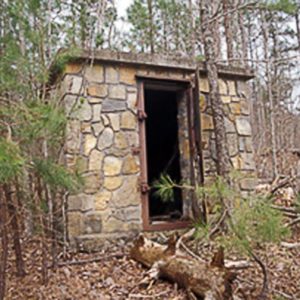 CCC Company 741 Powder Magazine
CCC Company 741 Powder Magazine
Time Period: Early Twentieth Century (1901 - 1940) - Starting with C
 CCC Company 741 Powder Magazine
CCC Company 741 Powder Magazine
CCC Company 741 Powder Magazine Historic District
CCC Company 749 Powder Magazine
 CCC Enrollees
CCC Enrollees
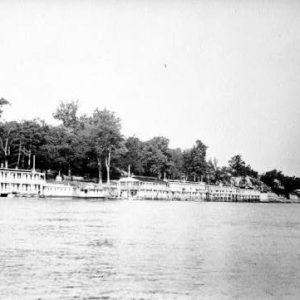 CCC Floating Camp at St. Charles
CCC Floating Camp at St. Charles
 CCC Staff
CCC Staff
Cedar Creek Bridge
aka: Goodie Creek Bridge
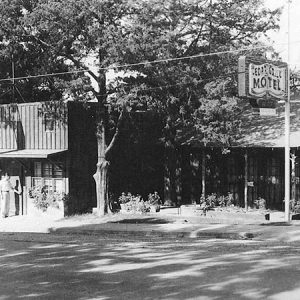 Cedar Grill
Cedar Grill
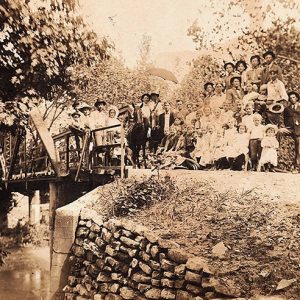 Cedar Grove Bridge
Cedar Grove Bridge
 Cedar Grove Masonic Lodge
Cedar Grove Masonic Lodge
Cedar Grove School No. 81
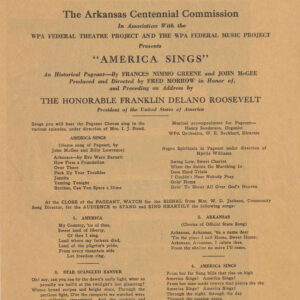 Centennial "America Sings" Event
Centennial "America Sings" Event
Centennial Baptist Church
Centennial Celebration
 Centennial Celebration: First Day Cover Envelope
Centennial Celebration: First Day Cover Envelope
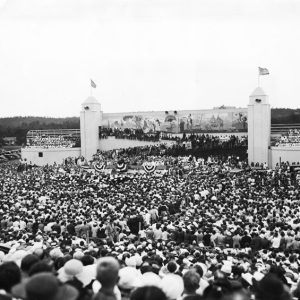 Centennial Celebration
Centennial Celebration
 Centennial Celebration Woodcut
Centennial Celebration Woodcut
 Centennial Robinson Half Dollar
Centennial Robinson Half Dollar
 Centennial Half Dollar, First Design
Centennial Half Dollar, First Design
 Centennial Half Dollar, Front
Centennial Half Dollar, Front
Centennial History of Arkansas
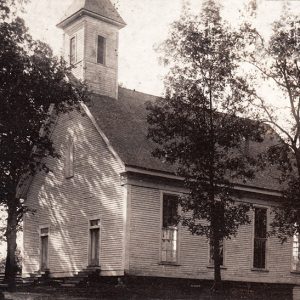 Center Point Methodist Church
Center Point Methodist Church
 Center Point School
Center Point School
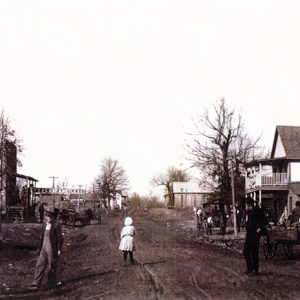 Center Ridge
Center Ridge
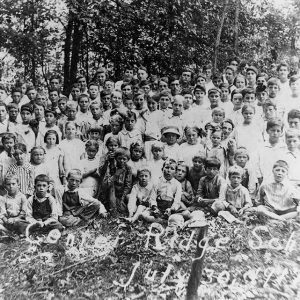 Center Ridge School
Center Ridge School
 Center Ridge Cotton Gin
Center Ridge Cotton Gin
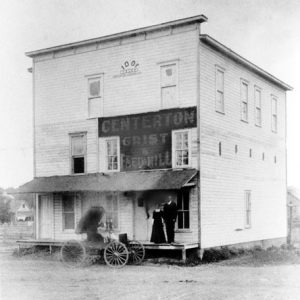 Centerton Grist and Feed Mill
Centerton Grist and Feed Mill
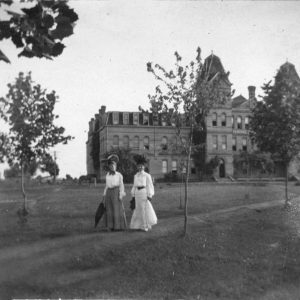 Central College
Central College
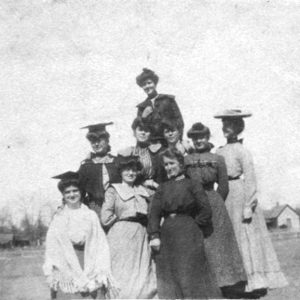 Central College
Central College
Central College for Women
 Central College Students
Central College Students
 Central High School
Central High School
Central High School Neighborhood Historic District
Central Theater
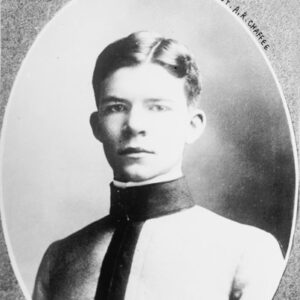 Adna R. Chaffee
Adna R. Chaffee
Chambers, Erle Rutherford
 Erle Rutherford Chambers
Erle Rutherford Chambers
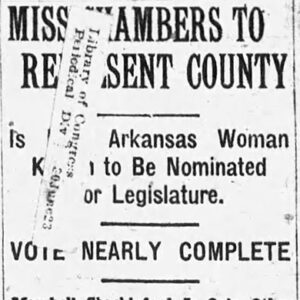 Erle Rutherford Chambers
Erle Rutherford Chambers
Charity Games of Football (1931)
Charles “Bullet” Dean Hyten House
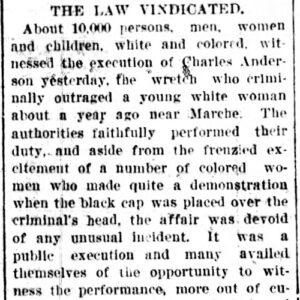 Charles Anderson Execution Article
Charles Anderson Execution Article
 Charleston Baseball Team
Charleston Baseball Team
 Charleston School Building
Charleston School Building
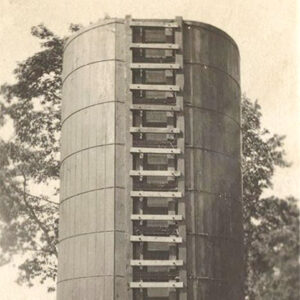 Charleston Silo
Charleston Silo
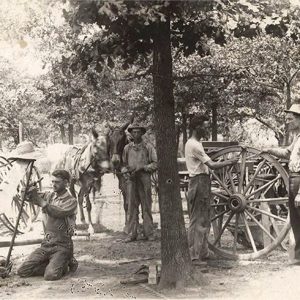 Charleston Smith
Charleston Smith
 Charleston Street Scene
Charleston Street Scene
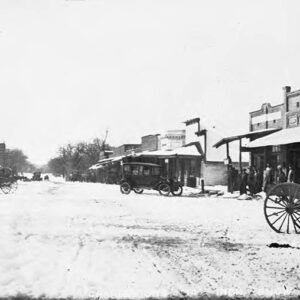 Charleston Street Scene
Charleston Street Scene
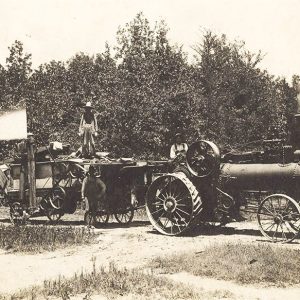 Charleston Thrasher
Charleston Thrasher
Charlotte Street Historic District
 Chautauqua Building
Chautauqua Building




